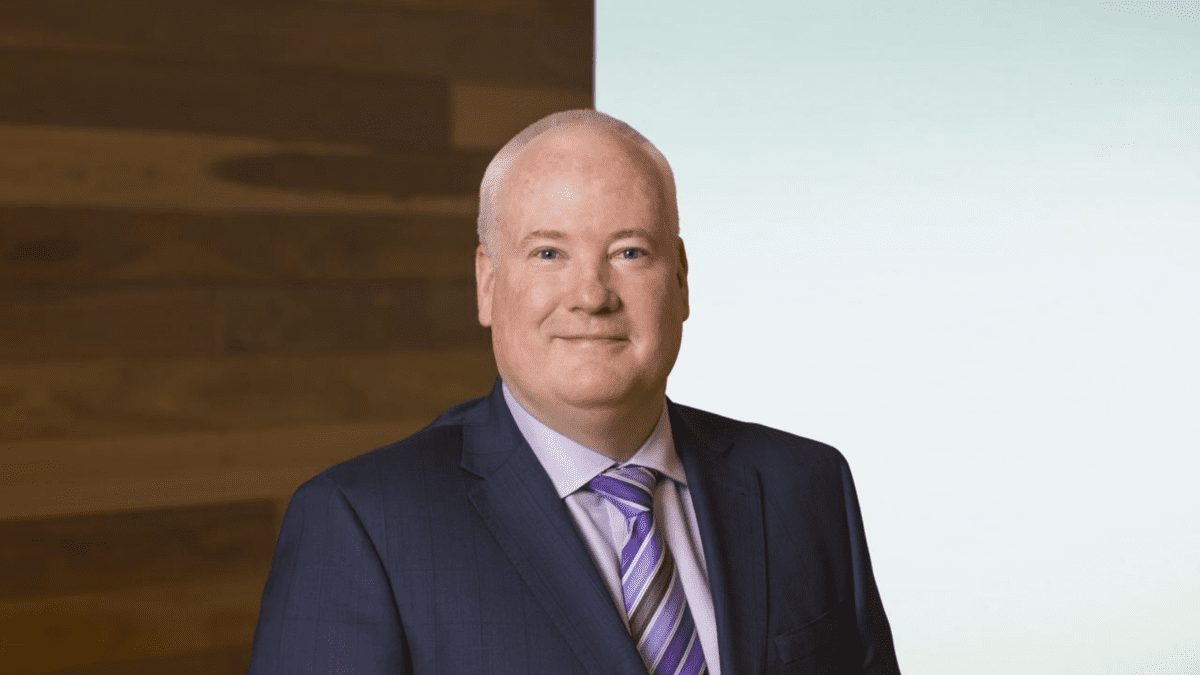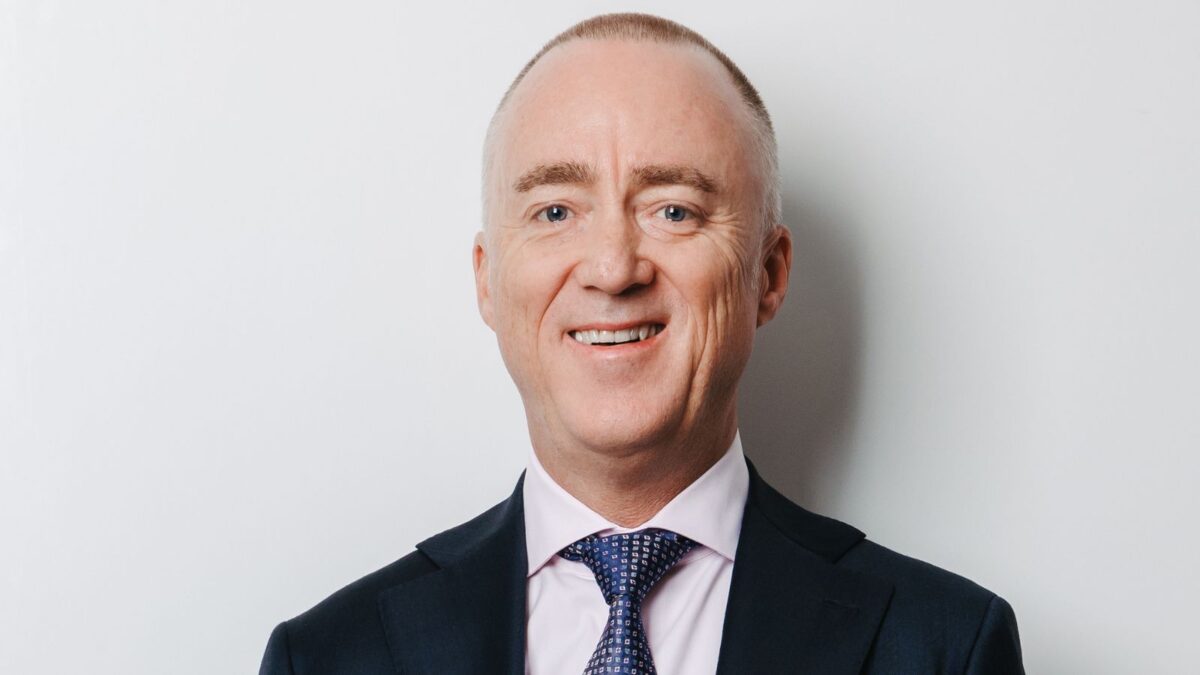‘One plus one equals three’ in Mine/TWUSUPER Team-up
Mine Super and TWUSUPER will soon tie the knot to create Team Super, a new $22 billion fund with 150,000 members, in a time when there’s growing pressure on smaller funds to get big or get out.
To that end, Mine CEO Vasyl Nair tells ISN that Team will “combine the best” of both predecessor funds to deliver better outcomes across investments, member services and retirement.
“I don’t speak on behalf of the board or TWUSUPER, but Team Super is more sustainable than each of Mine or TWUSUPER,” Nair says. “Its cost structures are more appropriate, the fee load members will be paying is lower, its suite of capabilities is broader. We’ll definitely leverage the benefits of scale and exposure to more industries.”
But the timeline for that merger has been pushed out. Previously on track to conclude in mid-2024, it’s now expected the two funds will become Team early next year.
“Mergers are complex and there’s a significant amount of work to do for both our funds, but we’re absolutely committed to the process,” Nair says. “The product changes we’re looking to make and which have been announced to our members will be implemented in late May and represent the go-forward product set for Team Super.
“We would like to think that phase one of the merger will be completed at the end of this month, but we’ve experienced the challenges of bringing two large pools of assets and two large memberships together, and there’s lots of complexity.”
The completion of the merger will see demographic and geographic diversification of the combined fund’s membership. Mine Super is still growing, but it does have some headwinds in the coal mining and energy sectors from which it draws much of its member base.
“That’s just given the nature and the pace of the energy transition,” Nair says. “We will continue to pursue growth, and there’s an opportunity with TWUSUPER, which is indexed against a number of growing sectors: transport, waste, logistics and aviation, which do have some tailwinds.”
Like most funds it keeps a close eye on the sectors from which it derives its member base, but Nair says that while creating a more “idiosyncratic” member base is good, the energy transition wasn’t an active consideration in looking for a merger partner.
“It’s pretty important to us. Our trustee is owned by the Mining Energy Union, the Queensland Resources Council and the NSW Minerals Council; they have quite a significant say in the energy transition and our members will be significantly impacted by it. Our primary objective is to maximise their income in retirement. We do keep an eye on it and understand it will impact the employment prospects of our membership moving forward and we do plan appropriately.”
Additive investments
And as Mine Super CIO Seamus Collins notes, the pension funds for British coal miners are still “robust and growing in assets” more than 40 years after the UK’s last coalmine closed. While domestic coal power is shutting down in the next 20 years, thermal coal exports will continue for another 30 and metallurgical coal – in which a substantial portion of Mine’s Queensland membership works – is forecast to continue until 2060, when green hydrogen based steel should come along.
The TWUSUPER portfolio is “fairly sympathetic” to Mine’s, with no assets or strategies that the team was “fundamentally uncomfortable with”. They share similar philosophies around where they take active risk in their listed portfolio, and the manager line-up and sector construction has been agreed upon.
“You bring together the private markets. Listed assets are like your friends; you can keep them or lose them,” Collins says. “Your private assets are your family in that you’re stuck with them regardless.
“But we were happy with that – they have a good quality portfolio. It slightly changes our SAA, because they have a little more property and private equity, but that fills a gap in our portfolio because we had more private credit. We think it’s actually additive… one plus one equaling three, from an investments point of view.”










